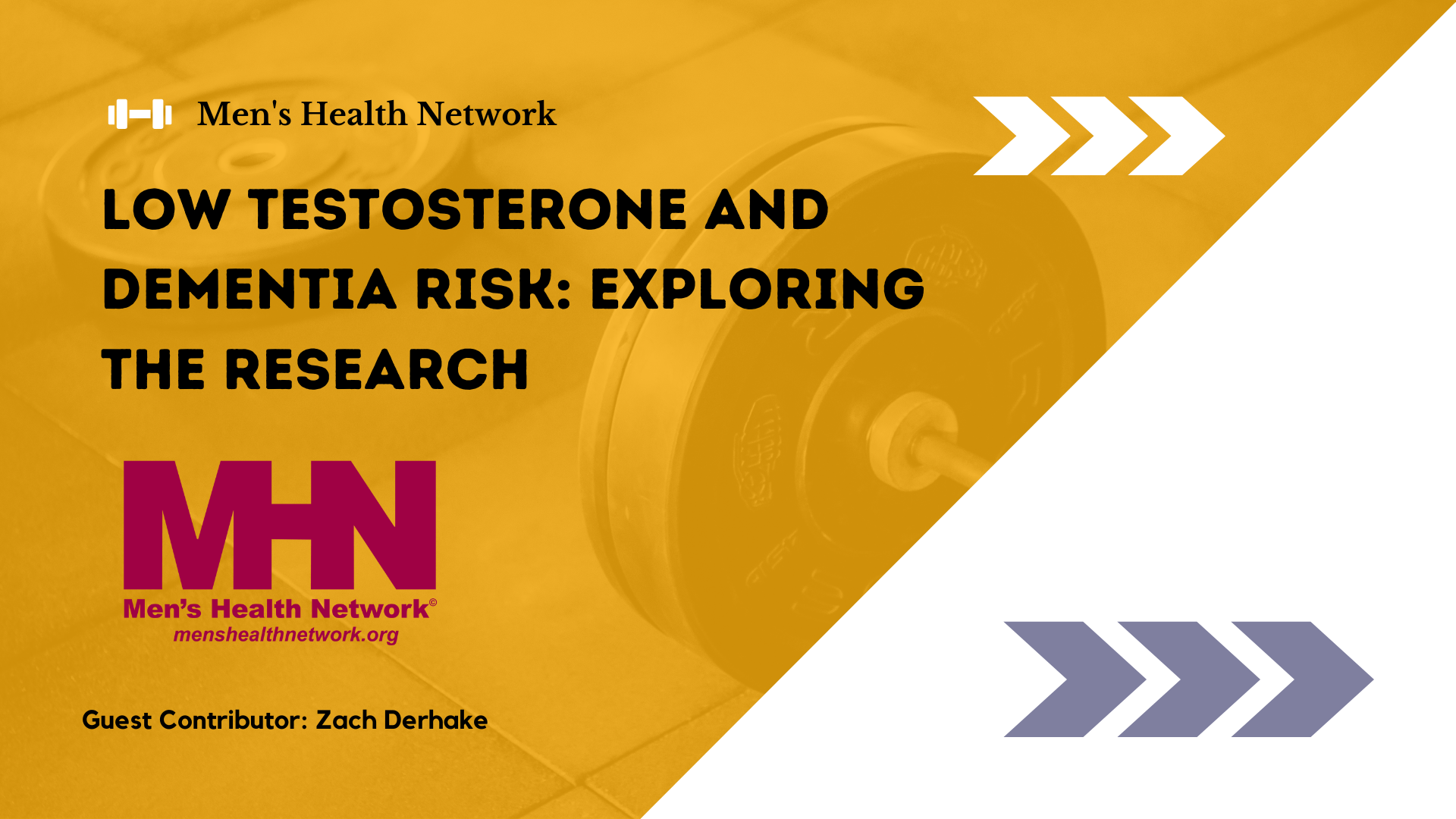You’ve probably experienced an ache or two at some point in your life. Toothache. Backache. Shoulder pain. Ankle sprain. Pain is part of the human predicament. Like pimples, aches and pains come and go.
But what happens when suddenly something pops up down there?
I’m not talking your friendly morning wood here. I’m talking a burning, throbbing, achy headache in your pelvis. An unwelcome wake-up call if ever I heard one.
Researchers estimate that 35-50 percent of men will experience pelvic pain at some point in their lives. [1] [2] Googling the issue will reveal mentions of ‘CP’ and ‘CPPS’, which stand for chronic prostatitis or chronic pelvic pain syndrome.
Simply put, CPPS is pain lasting greater than three months without resolution, not caused by an identifiable pathology. It is often also associated with genital pain, ejaculatory pain, abdominal pain, lower urinary tract symptoms and erectile dysfunction.3
To date, there is no single known cause for male pelvic pain although some cases can result from emotional or physical trauma, surgery, or infection. Many causes have been theorized but not confirmed. In fact, research has shown that multiple factors contribute to pelvic pain.
Pain is a complex phenomenon involving biological, psychological and sociological processes.
When it comes to pain in the nether regions, the prostate has long been blamed. As it turns out, this is hardly the case. A majority of men diagnosed with ‘prostatitis’ don’t have an infection. And some have prostate inflammation but are asymptomatic.
So, presence of prostate inflammation doesn’t predict CPPS, but does suggest the immune system might play a role.
The difference in symptom progression between asymptomatic and symptomatic individuals is the change in homeostasis and overall stress load on the body.[3] [4]
Here’s a list of common complaints by men with pelvic pain:
- Post-ejaculatory pain
- Pain with erection
- Painful bladder
- Urethral pain
- Urinary discomfort and/or difficulty
- Rectal pain
- Pain during or after having a bowel movement
- Pain in the penis, prostate, testicle, scrotum, rectum, tailbone, sitz bone, groin, inner thighs, abdomen, lower back, and perineum
Pain doesn’t dabble. Pain grabs your attention by shouting at you.
Its purpose is protection. It wants you to know there’s a problem. If you stepped on a rusty nail, you would want to know about it.
Pain with your joystick is just the same. It causes multiple alarm bells to go off, turning your hard-on into a hardship.
That’s why sexual issues, like erectile dysfunction or premature ejaculation, are common in men who have CPPS. Factors contributing to sexual difficulties include anxiety, depression, and low reported quality of life.[5]
What’s more is that most men tend to shy away from health-help-seeking behavior for a variety of reasons, including but not limited to their own beliefs and values related to masculinity, avenues of support and resources, gender roles, societal and cultural influences. It’s even harder asking your buddy for help when the SOS signal is coming from your pants.[6]
When men do seek help for pelvic pain, they’re often led down a rabbit hole of unnecessary treatments and invasive diagnostic procedures by well-intended medical professionals. Not understanding the reasons behind why you hurt will make you hurt even more and create greater fear, hopelessness and helplessness.
Guys experiencing pelvic pain often have correlated anxiety and stress. C’mon! It’s your privates we’re talkin’ about here.
In fact, “the more stress patients perceived during the first 6 months after a healthcare visit, the more pain and disability were reported after 12 months
Where does a guy with pain down below go for help?
Google can be helpful if you know how to weed out the garbage. There’s no shortage of misinformation out there, so equip yourself with knowledge from qualified healthcare professionals who specialize in the ‘down below’ kind of pain.
Surprisingly, not all healthcare providers have a good handle on modern pain science and they may lack the confidence and training in pain treatment.[8] Make sure the health professional you’re working with listens to your concerns, validates your pain experience and has knowledge of current pain science. Check out this website for a list of questions you can ask your health professional to see if they do understand.
Pain doesn’t have a cookie-cutter cure. Usually, pelvic pain requires a multi-modal treatment plan.
If you’re currently experiencing pelvic pain, know that you’re not afflicted for life. The processes behind pain aren’t permanent. Your body has phenomenal capabilities to adapt, change and heal. It’s called neuroplasticity and it’s good news because it means that it’s never too late for your body to learn a new pathway.
Try a new approach to the pain in your pants. With a road map for your recovery and the right coach, armed with the latest pain science, pain can take a back seat so that you can enjoy the ride (ahem, in your pants).
Life is better
without pain in your pants.
[1] Macaluso, M. (2007). Chronic Prostatitis Syndrome: A Common, but Poorly Understood Condition. Part I. European Association of Urology, 5, 1-15.
[2] Nguyen CT and Shoskes DA, in Chronic Prostatitis / Chronic Pelvic Pain Syndrome. Humana Press, 2008. Shoskes DA, ed.
[3] Shoskes, D., & Polackwich, A. (2016). Chronic prostatitis/chronic pelvic pain syndrome: a review of evaluation and therapy. Prostate Cancer and Prostatic Diseases, 1-7.
[4] Nickel, J., Freedland, S., Castro-Santamaria, R., & Moreira, D. (2017). Chronic Prostate Inflammation Predicts Symptom Progression in Patients with Chronic Prostatitis/Chronic Pelvic Pain. The Journal of Urology, 198, 122-128.
[5] Riegel, B., Bruenahl, C., Ahyai, S., Bingel, U., Fisch, M., Lowe, B. (2014). Assessing psychological factors, social aspects and psychiatric co-morbidity associated with chronic prostatitis/chronic pelvic pain syndrome (CP/CPPS) in men – A systematic review. Journal of Psychosomatic Research, 77, 333-350.
[6] Galdas, P.M, Cheater, F. Marshall, P. (2005). Men and health-help seeking behaviour: literature review. Journal of Advanced Nursing, 49(6), 616-623.
[7] Moseley, L.G., Butler, D. (2015). Fifteen Years of Explaining Pain: The Past, Present, and Future. The Journal of Pain. 16(9), 807-813.
[8] Beth D. Darnall, Judith Scheman, Sara Davin, John W. Burns, Jennifer L. Murphy, Anna C. Wilson, Robert D. Kerns, Sean C. Mackey; Pain Psychology: A Global Needs Assessment and National Call to Action, Pain Medicine, Volume 17, Issue 2, 1 February 2016, Pages 250–263, https://doi-org.archer.luhs.org/10.1093/pm/pnv095
Dr. Susie Gronski, DPT, PRPC, WCS, WHC is a licensed doctor of physical therapy, a board certified pelvic rehabilitation practitioner and a certified health coach.



